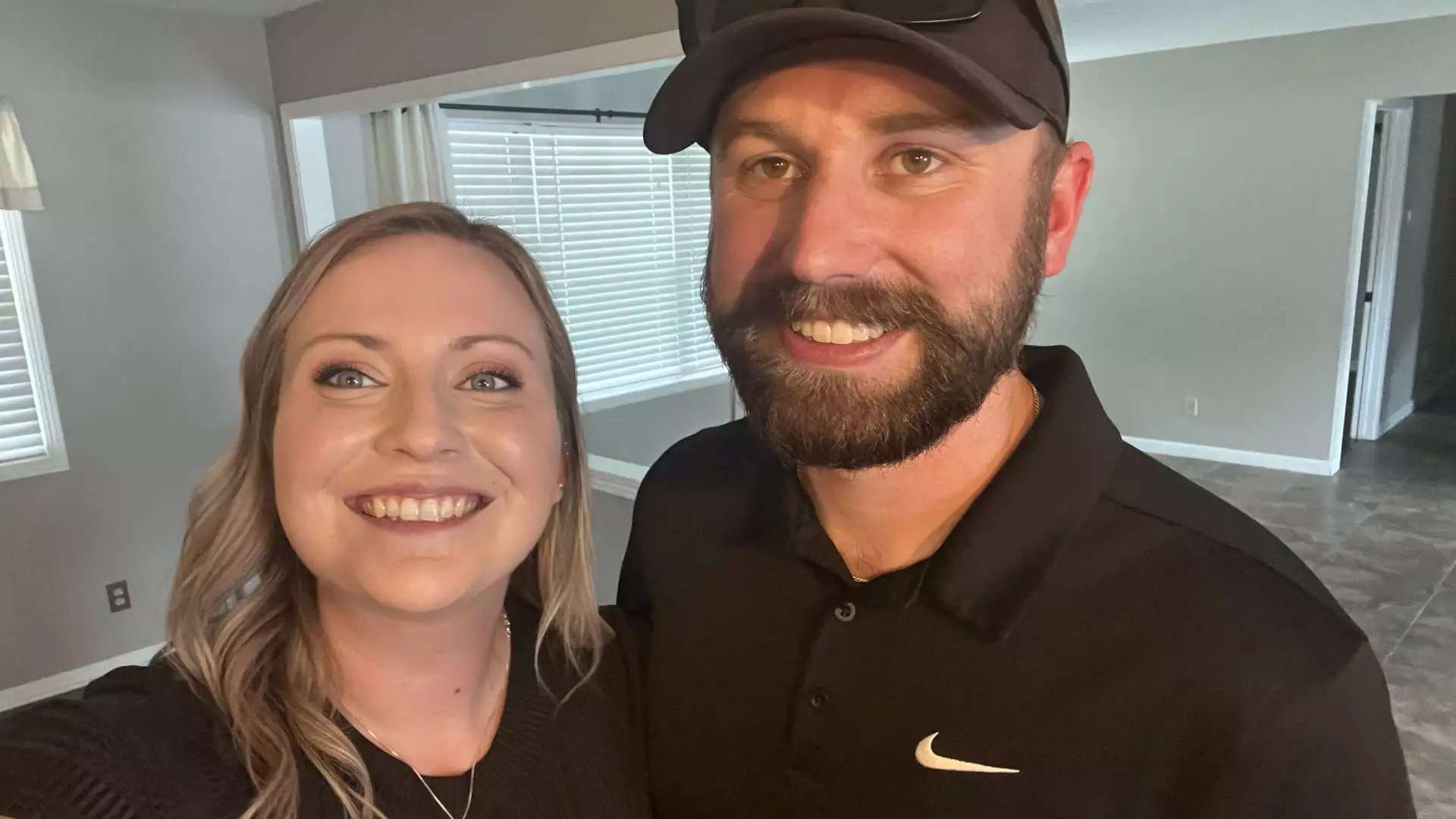Nestled in southeastern Kansas, Neodesha is a tiny town with a population hovering around 2,100. Though it boasts a rich history as an oil town, having housed the first commercial oil well west of the Mississippi, Neodesha faces significant challenges that reflect broader trends in rural America. Its most iconic landmark, a towering 65-foot structure that once functioned as a drilling support framework, stands as a reminder of its illustrious past, yet the town is grappling with a sharp decline in population and an aging housing infrastructure. As the oil industry withered away—especially after the Standard Oil refinery’s closure in 1971—Neodesha’s population reportedly halved overnight, illustrating the precariousness of small community economies that rely heavily on singular industries.
Mayor Devin Johnson articulates this plight succinctly by observing the broader pattern that many small towns experience: stagnation leads to decline. “If you are not growing, you are dying,” he states, emphasizing the urgency for action in revamping Neodesha’s attractiveness for potential newcomers.
In an effort to address these longstanding issues, Neodesha has partnered with MakeMyMove, an online platform dedicated to facilitating relocations to underpopulated areas by connecting prospective residents with local resources. This collaboration aims to revitalize the town by offering a suite of financial incentives aimed at attracting new families and individuals. These include generous offers such as waiving state income tax until 2026, property tax rebates, and support for daycare costs. Moreover, the initiative provides educational opportunities through existing programs like the Neodesha Promise, which covers up to $15,000 in student loans and provides free college tuition for local high school graduates.
Since rolling out the initiative in 2024, Neodesha has seen significant interest; over 30 individuals have initiated the moving process, highlighting the program’s immediate impact. Evan Hock, co-founder of MakeMyMove, sheds light on the program’s role, revealing that the initiative has allocated over $1 million in scholarships, creating a tangible, positive economic ripple effect. This proactive stance represents a critical shift in how small communities can address population decline and aging demographics.
While the financial incentives are undoubtedly appealing, Hock emphasizes that deep-rooted community aspects are essential for attracting new residents. People are not merely seeking monetary benefits; they desire a sense of belonging and community connection. “Affordability is key, but what motivates the move is the quality of life and a supportive community,” states Hock. This concept resonates with individuals looking to settle in areas where they can forge friendships, build a family, and contribute to the local economy.
Neodesha emphasizes this philosophy as they embark on extensive residential and commercial developments to meet the growing demand. Plans to construct hundreds of new homes and renovate historic buildings illustrate a commitment to preserving the town’s unique charm while providing modern amenities. As Mayor Johnson asserts, the community is dedicated to preserving its heritage while simultaneously modernizing to attract new families—”We’ve got to cherish what we’ve got but make sure we make Neodesha an attractive place for people to come.”
Neodesha is not alone in its quest for rejuvenation. Numerous other towns in the United States have introduced incentive programs to stimulate growth. Take Topeka, for example, offering up to $15,000 in relocation assistance to make it easier for fresh talent to settle in. Similarly, a program in West Virginia provides substantial cash incentives and co-working spaces to lure new residents. Such initiatives contribute to broader economic revitalization strategies seen across the nation. These programs reveal a growing recognition of the realities facing small towns, acknowledging that sustainable economic development is no longer merely the realm of large urban areas.
Incentives appear to make economic sense as they often result in a favorable return on investment for local economies within the first year. However, the effectiveness of these programs depends heavily on a foundational sense of community and the quality of local life.
Kaitlyn Sundberg’s story epitomizes the transformative potential of Neodesha’s efforts. Relocating from Southern California, she and her husband found themselves grappling with exorbitant housing costs and a lack of suitable living conditions. Their discovery of Neodesha marked a pivotal moment when they were able to envision a life enriched by community and familial connections. Upon their arrival, the couple was overwhelmed by the inviting atmosphere, illustrated by children playing in the streets—a stark contrast to their previous living conditions. Sundberg is now making her mark in the town by leading the local early learning center, intertwining her personal and professional life with the revitalization of Neodesha.
As localities like Neodesha innovate and adapt, they embody an inspiring paradox: small towns, often viewed as relics of the past, hold the potential for a rich future through community, connection, and creative approaches to economic revitalization. The real challenge remains in balancing growth with the heritage that defines these unique places.

